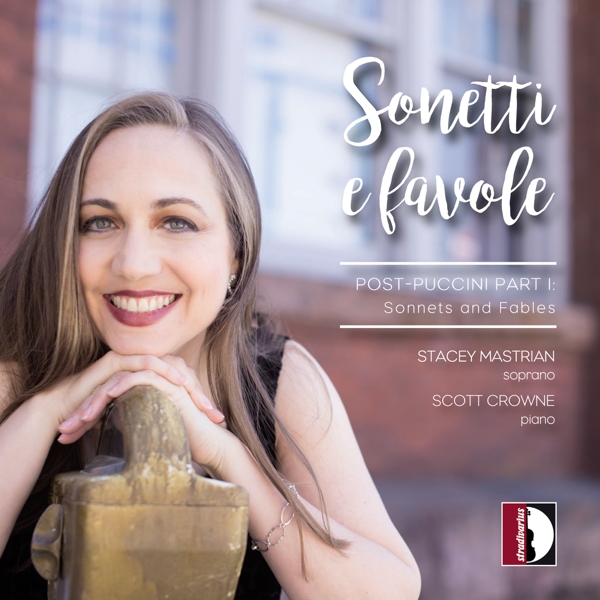Accessories |
My Account
|
Log In
|
English |
€ Euro |
Advanced Search
|
All Categories
BEST SELLER
500
NEW RELEASES
7.433
SPECIALS
224.741
Your search:
No selection
Filter results:
TECHNICS
264.489
GAMES/SOFTWARE
26.150
MUSIC
717.564
Christian Music
740
- Asia Pop
9.522
- Austro Pop
209
- Brit Pop
238
- Dutch Pop
1
- Euro Pop
38
- French Pop
563
- Indie Pop/Lo Fi
24
- Italo Pop
280
- Latin Pop
6.876
- MiddleoftheRoad
2.503
- Oldies
61
- Other Pop
234.784
- Party
33
- Synthi Pop
316
- The 60s
259
|
Music Movie Audiobooks Merchandise Children's |




















